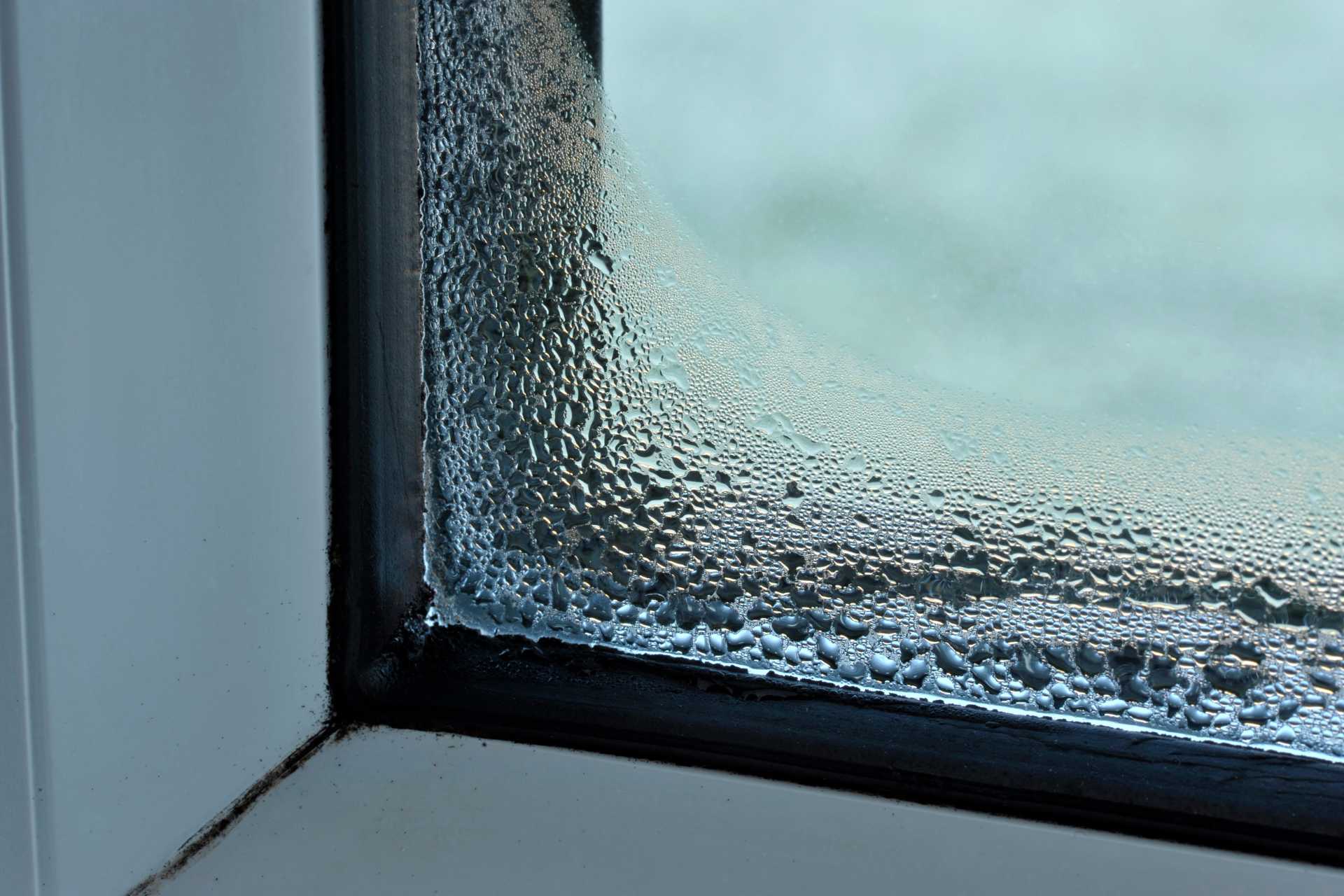Is Your HVAC Overworked? How Windows and Doors Can Help
A home’s heating and cooling system is designed to keep indoor temperatures consistent, regardless of the season. However, when that system seems to be running constantly—with no break in sight—it’s usually a sign of a deeper issue. One of the most overlooked causes of an overworked HVAC system is air leakage through inefficient windows and doors. Whether it’s an ageing window seal, single-pane glass, or outdated door insulation, even minor inefficiencies can cause major problems.
Energy loss caused by poorly insulated openings not only leads to uncomfortable rooms but also forces heating and cooling systems to work harder than necessary. Over time, this strain increases utility bills and shortens the HVAC system’s lifespan. Investing in window replacement and upgrading doors can significantly ease this burden. With smarter materials and advanced insulation technologies, these upgrades provide a high return in both comfort and cost savings.
The Invisible Enemy: Air Leaks and Poor Insulation
Drafts around windows and doors may seem harmless at first glance. However, even the smallest gaps allow indoor air to escape while letting in unwanted outside air. This imbalance makes temperature regulation more difficult, particularly during Canadian winters or humid summers. Instead of functioning efficiently, HVAC systems are forced into overtime, trying to keep indoor conditions stable. The result is frequent cycling, higher power consumption, and less reliable indoor comfort.
Improving insulation around windows and doors is one of the simplest yet most impactful steps toward addressing this issue. Sealing visible gaps, using weatherstripping, and caulking joints can all make a noticeable difference. For more permanent solutions, upgrading to newer models with better seals and glazing technologies is ideal. In fact, this can help boost energy efficiency significantly. When air stays where it belongs—inside during winter and outside during summer—HVAC systems operate more efficiently, reducing strain and costs.
Why Upgrading Windows Makes a Bigger Difference Than You Think
Modern window technology has evolved far beyond simple glass panes in wooden frames. Today’s energy-efficient windows feature multiple glazing layers, thermal breaks, and sealed insulating units designed to combat energy loss. These improvements ensure that interior temperatures remain stable for longer periods, decreasing reliance on active heating or cooling. In other words, the more efficient the window, the less the HVAC system must work.
A key advancement is the use of Low-E coatings. These invisible layers reflect infrared light while allowing natural light to enter, maintaining warmth during winter and coolness during summer. As a result, Low-E glass reduce HVAC workload by minimizing indoor temperature fluctuations. The benefits are felt year-round, especially in climates with significant seasonal shifts. Upgrading to windows with these features not only improves energy efficiency but also enhances indoor comfort, creating an environment that feels naturally balanced and consistently pleasant.
What’s Inside Matters: Gas Fills and Advanced Spacers
While the outer appearance of a window matters, its internal components play an equally critical role in energy performance. Argon gas fills, for example, sit between the panes of double or triple-glazed windows, providing better insulation than air. These dense gases reduce the transfer of heat and cold, helping homes retain their ideal temperature without overworking the HVAC system.
Advanced window spacers also contribute to this efficiency. These are the materials that separate the panes of glass within a window. Modern warm-edge spacers reduce thermal bridging, meaning they limit the amount of heat or cold that passes through the window edges. When combined, these innovations create high-performance window panes like ones filled with Argon gas, significantly improving overall energy efficiency. By reducing temperature loss and improving indoor comfort, these features lighten the load on HVAC systems—especially during extreme weather.
Doors Play a Key Role Too
Although much attention is given to windows, doors are equally important in maintaining energy efficiency. Exterior doors, especially older or poorly fitted ones, can be major sources of energy loss. When insulation inside the door core begins to deteriorate or when seals wear out, warm or cool air easily escapes. This leads to uneven indoor temperatures and increased HVAC use to maintain the desired climate.
Modern insulated doors offer better sealing mechanisms and are constructed from energy-efficient materials such as fibreglass or steel with foam cores. In addition, installing airtight thresholds and high-quality weatherstripping ensures that doors close tightly, minimizing air infiltration. Sliding glass doors are another consideration. When outdated, they often become weak points in the home’s envelope. Replacing them with newer, insulated models reduces air leakage dramatically, helping reduce stress on HVAC systems and improving overall energy use throughout the year.
Style Meets Function: Bow and Bay Windows Done Right
Bow and bay windows are elegant architectural features that add dimension and natural light to a home. However, because of their extended structure, they are prone to energy inefficiency if not properly designed or sealed. Air leakage around the curved frames or at the joints between panes is common in older models. If these gaps exist, indoor air will constantly escape, leading to discomfort and increased HVAC usage.
Today’s custom-fit bow and bay windows have advanced insulation and multiple panes to address these issues. Professionally installed units are designed to integrate seamlessly with the building envelope, ensuring that no air passes through unintended spaces. For homeowners seeking visual appeal without sacrificing function, these are ideal choices. By reducing air leakage, bow and bay windows allow for relying less on HVAC systems, delivering both style and performance for the long term.
Seasonal Considerations: When to Upgrade and Why Timing Matters
Timing plays a significant role in home improvements, especially when it comes to windows and doors. The transition seasons—spring and fall—are ideal for evaluating existing openings and scheduling necessary replacements or upgrades. These periods provide the mild weather needed for proper installation and preparation before the extreme conditions of summer or winter arrive.
Spring, in particular, is the perfect time to assess air leaks, update weatherstripping, or upgrade outdated windows and doors. Homeowners looking to take advantage of this timing can start with start with projects that improve comfort all year round, such as insulation upgrades or caulking services. Proactive steps ensure that heating and cooling systems don’t bear the brunt of the seasonal extremes alone. Taking action now means enjoying improved comfort and reduced HVAC strain when it matters most.
Let Windows and Doors Share the Load
HVAC systems were never meant to work alone. Their efficiency and longevity depend heavily on the condition of the home’s insulation—especially at vulnerable points like windows and doors. Allowing these elements to fall into disrepair forces HVAC systems into continuous cycles, accelerating wear and spiking utility costs. The good news is that solutions exist and are more effective than ever before.
Upgrading to energy-efficient windows and doors with features like Low-E coatings, argon gas-filled panes, and tightly sealed frames provides long-term benefits. Not only does this reduce the workload on HVAC systems, but it also creates a more comfortable and consistent indoor environment. For homeowners seeking better performance, lower costs, and improved year-round comfort, window replacement and modern door upgrades are strategic investments worth making.











